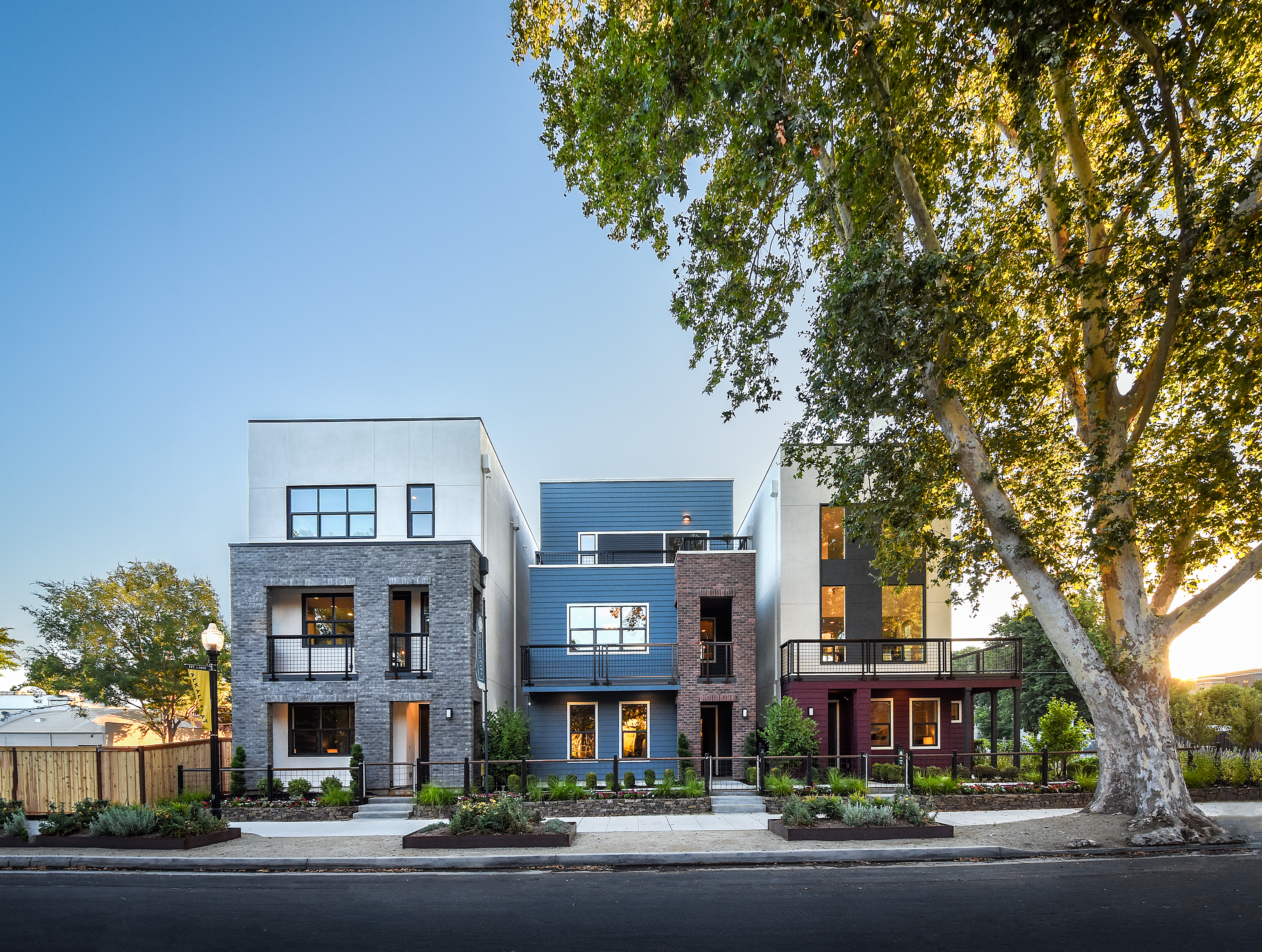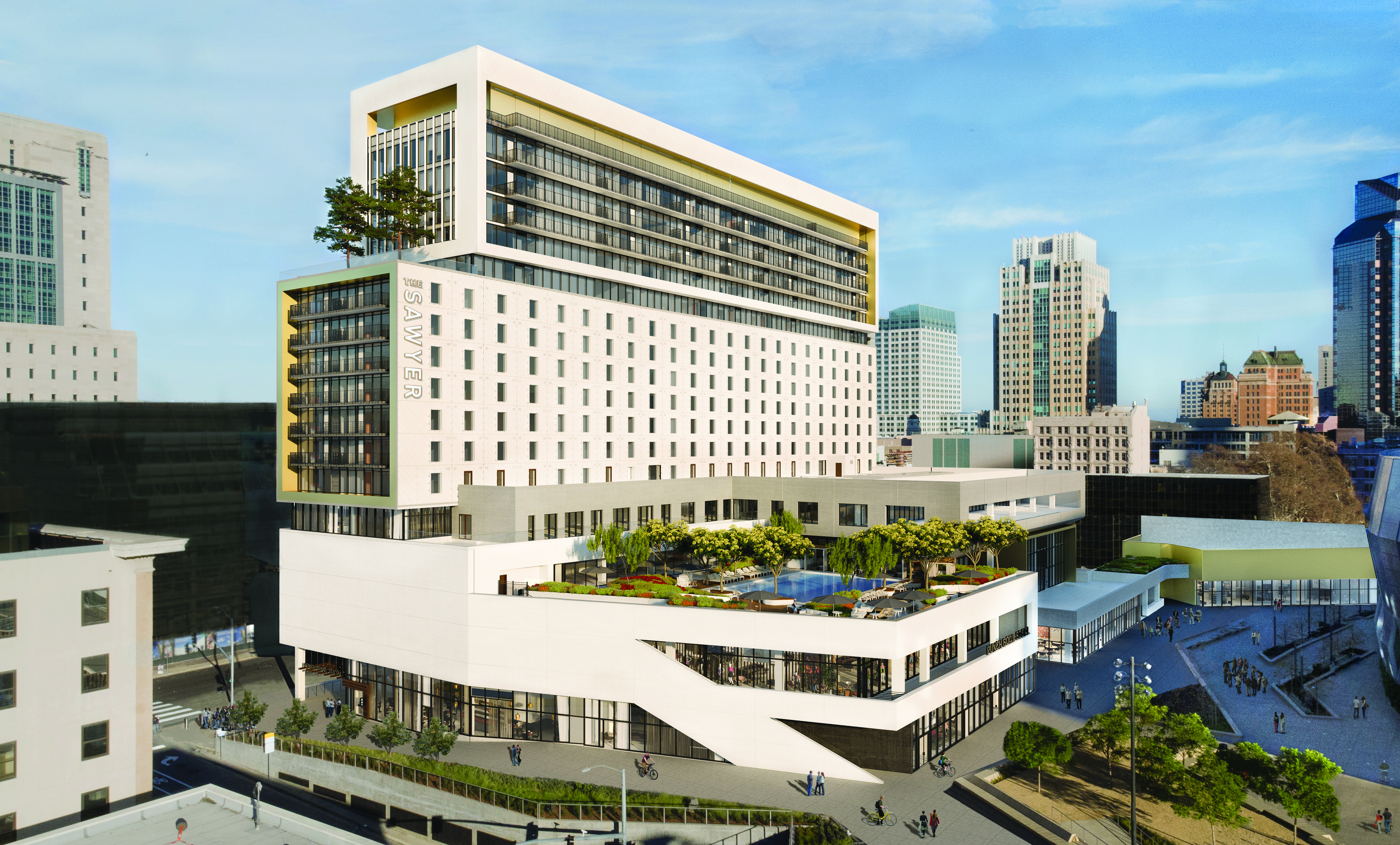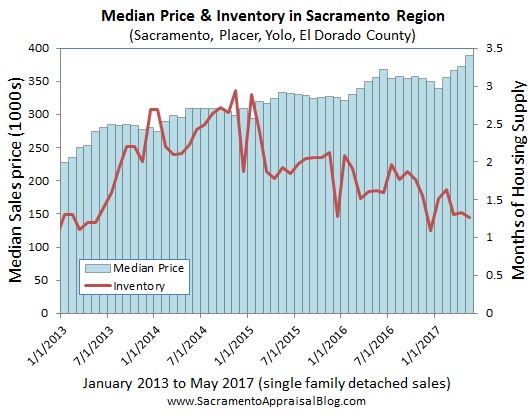Few people would characterize basketball commentator and former player Charles Barkley as a restrained public speaker. So when he told a local Sacramento news reporter in 2008 that the state’s capital was still a “cow town,” it seemed sure to be brushed off as another example of blunt talk.
But that comment stung many Sacramentans (some of whom, in interviews for this story last week, brought it up unsolicited). California’s capital has always been looked down upon by the coastal urban elite, viewed as a country cousin with little to offer except office space for the state government.
But a decade after Sir Charles’s pronouncement, the city is experiencing a real estate boom and urban renaissance that’s hard to miss. In fact, if Barkley came back to town for an NBA game—now held at the cutting-edge new Golden 1 Center, home of the Sacramento Kings and arguably the country’s most high-tech venue—he’d be at the center of a renewed downtown gleaming after more than a billion dollars of reinvestment over the last decade.

BlackPine Communities
At the center of the thriving business district, which now has its own trendy moniker (DoCo, or Downtown Commons), the arena opens onto a plaza boasting an $8 million stainless steel statue of a piglet by Jeff Koons. Sacramento Kings owner and local tech entrepreneur Vivek Ranadivé calls the space the neighborhood’s “communal fireplace.”
Across town, the Creamery, 122 modern single-family homes, seeks to lure a “heady brew of professionals, ‘creatives,’ young families and energetic mid-agers” (who can afford housing in the high $400K range).
Many out-of-towners are discovering the burgeoning city, which is equidistant from San Francisco and Lake Tahoe and offers the best aspects of the Northern California lifestyle for a fraction of the price. This “cow town,” in fact, was recently anointed one of the nation’s busiest real estate markets for 2017 by Realtor.com.
According to the Sacramento Association of Realtors, new construction hasn’t kept up with demand, while buyers from the Bay Area are beginning to flood in, leading to incredible competition for new developments and the city’s stock of Victorian homes as well as a steady uptick in the average home price. It hit $317,000 in April, up from $311,000 in March and $295,000 in April 2016. Median rent is up 18 percent since 2000, according to the California Housing Partnership Coalition. The average home is on the market for just eight days, and homes near the $300,000 mark were spending just 14 days on the market, a record low.
“The run-up in cost for the Bay Area is helping our market, and people are finding Sacramento is a great place to live,” says Mike Paris, founder of BlackPine Communities, the local developer behind the Creamery. “It’s the first time I’ve seen the lines blur between the Bay Area and Sacramento.”

Is the Bay Area changing Sacramento, or as one local realtor, Pat Shea of Lion Real Estate, put it, has what happened to San Francisco—the insane homes prices and ever-tightening inventory—already arrived in the nearby city? It’s true that Bay Area prices—$531 a square foot on average compared to $228 per square foot in Sacramento—have meant more people are relocating to Sacramento (20,000 a year, according to census data). With telecommuting increasingly acceptable, more are willing to make the commute or split their time between both cities. According to 2013 census data, of the 2.4 million people living in the six-county Sacramento region, about 119,000 work in the Bay.
But Sacramento isn’t growing faster than any large California city, at 1.4 percent more residents a year, simply because it’s a cheaper satellite city for Bay Area techies. It’s coming into its own, and just happens to be near a metro area filled with residents looking for a cheaper option for urban living.
“The quality of life in Sacramento is what will attract talent,” says Randy Koss, the senior vice president of real estate development for the Sacramento Kings. “There’s a lot more things for people to do here, and that just attracts more talent.”
Koss should know, since his work on the Golden 1 Center and surrounding properties has been one of the key changes anchoring downtown growth. It’s a big turnaround from decades of shrinking density. Between 1950 and 1970, the city’s downtown shrunk by half, going from 58,000 to 27,000, all while outlying areas and the suburbs boomed. It’s only been during the last five years that downtown Sacramento has truly bounced back. Paris compares the shift, in part, to the trend of urbanizing suburbia, trying to provide an identity to places that grew up without a “there” there.
The Golden 1 Center has been highlighted in stories of the city’s resurgence, and for good reason. The development, on the site of a former mall, will include a 250-room luxury Kimpton hotel topped with 45 luxury condos, the Residences at Sawyer (the building’s $4.1 million penthouse, like the other units, is being sold by a firm based in Beverly Hills); ground-floor retail; a massive Macy’s; as well as a state-of-the-art, year-round entertainment and sports facility. It planted a flag for development, and others followed.
According to the Downtown Sacramento Partnership, in the 26 months the complex was under development, $530 million in real estate transactions took place in a 10-block radius around the arena, more than 80 new businesses moved downtown, and neighborhood employment jumped 40 percent. Breweries and tech companies have also set up shop, making Sacramento an even bigger draw for those seeking out a more urban lifestyle.
But the massive capital investment in the new stadium was capitalizing on earlier bets on Sacramento’s economic future. Investment in the city’s medical industry from players such as Kaiser Permanente brought in the jobs that have become early catalysts in driving more downtown investment.

Local appraiser Ryan Lundquist, who runs the Sacramento Appraisal Blog, agrees the new crop of Bay Area arrivals has changed the market. But he cautions others not to overstate their impact or lose sight of what’s happening organically in Sacramento. For instance, cash sales for homes have hovered at 13 to 15 percent of the home market over the last few months—not exactly a sign of rich startup founders swooping in en masse with stacks of VC money. He says the city’s inventory shortage can in part be traced back to the lingering impact of the recession, which hit here earlier (2005) and lasted longer (2012) than elsewhere in the country.
“Our location hasn’t suddenly changed,” he says. “We’ve been the same distance from the Bay Area forever. People are just starting to recognize Sacramento more, especially since our Midtown has been gentrifying for the last 15 years or so, easily. The more it grows, and the better it gets, the more people are recognizing what Sacramento has to offer. Lots of Bay Area investors have actually come to town without realizing how competitive it is here.”
There will soon be much more real estate to bid over. A number of high-profile projects under construction or in the planning stages, especially along K and R streets. New developments are rising in downtown and Midtown; housing is going up in Curtis Park, already filled with covetable historic housing; and new homes are being built in the Bridge District, a neighborhood in nearby West Sacramento, a town just across the river, set to house 9,000 when it is finished.
Perhaps most promising is the Railyards, a 224-acre infill project among the largest of such developments in the country. The former western terminal of the nation’s first transcontinental railroad will be transformed into a huge mixed-use hub for commercial, residential, and even museums. For scale, the titanic Hudson Yards development in Manhattan is just 28 acres. Kaiser Permanente alone purchased an 18-acre site within the plot and plans a massive facilities expansion and half-billion-dollar new hospital.
The Railyards might also be the home of a new Major League Soccer team, if Sacramento wins its bid for an expansion team. Koss says it would form a triangle of activity downtown; connect the MLS team to the Golden 1 Center to the ballpark for the San Francisco Giants’ minor league team, the River Cats, and you have a core of development crisscrossing the Sacramento River. Sure, the offerings aren’t as varied as they are in the Bay Area. But increasingly, that seems to be a major selling point.
Article source: https://www.curbed.com/2017/7/11/15949960/sacramento-real-estate-development-bay-area
